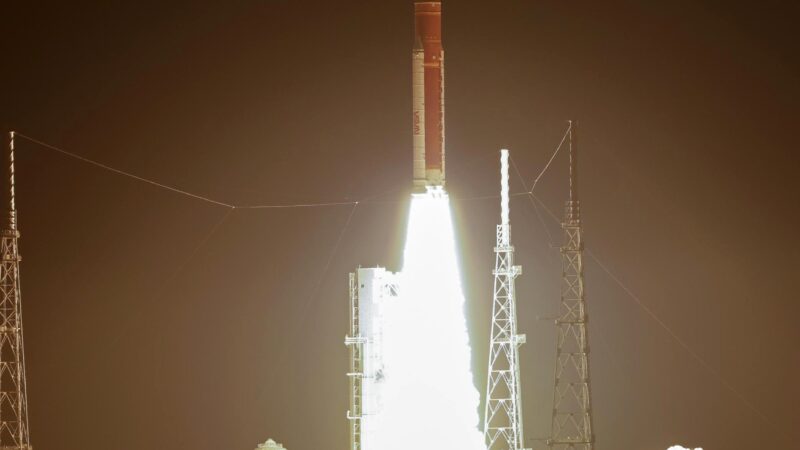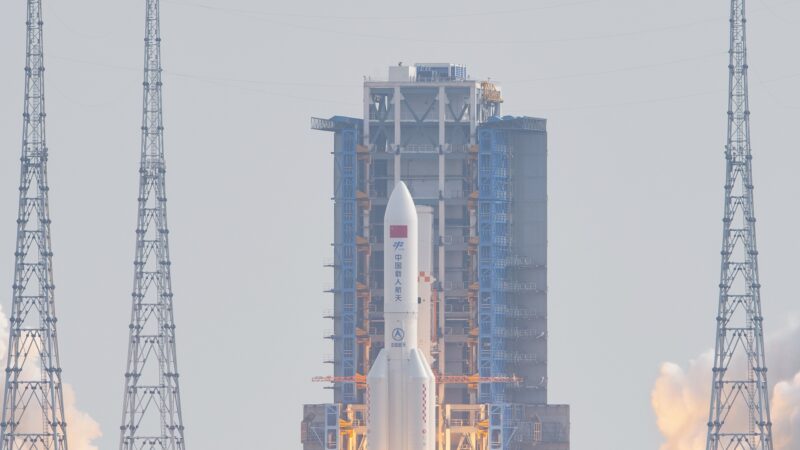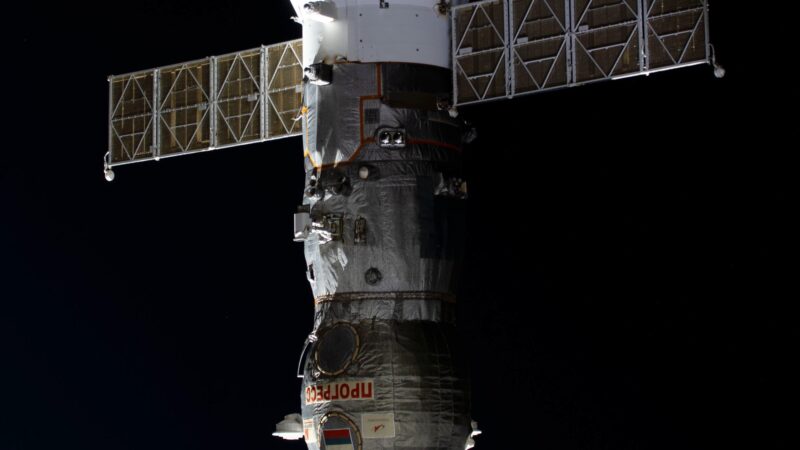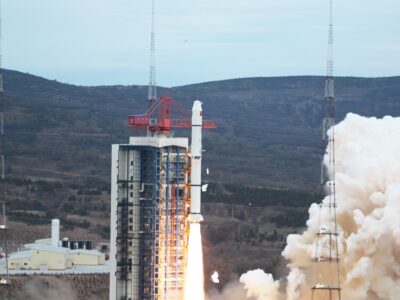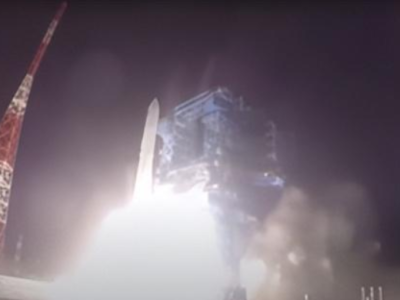Long March on the sea! China’s Long March-11 launches two satellites via offshore pad
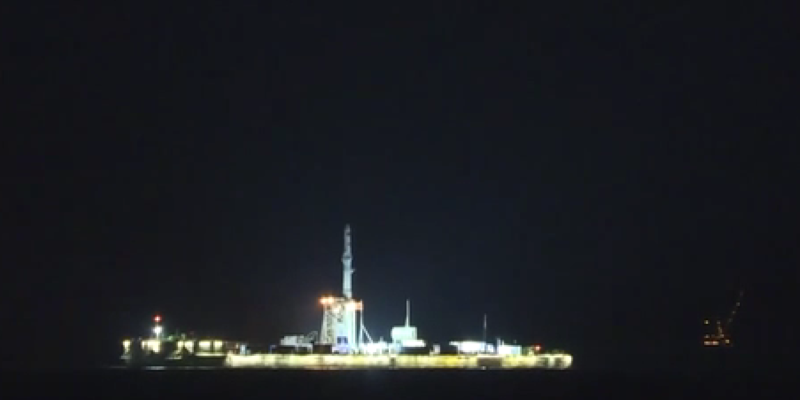
Overview
China successfully launched two test satellites by the Long March-11 carrier rocket from a launch platform in the Yellow Sea on Friday.
Long March 11
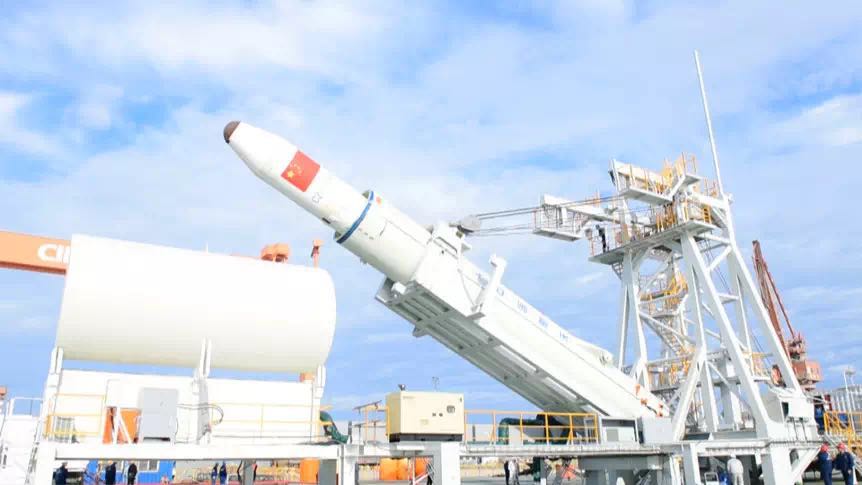
Long March 11
The Long March 11[1] ( Chinese: 長征十一號運載火箭 ), or Chang Zheng 11 as in pinyin, abbreviated LM-11 for export or CZ-11 within China ( and designated 11H when launched from sea ), is a Chinese four stage solid-propellant carrier rocket of the Long March family, which is developed by the China Aerospace Science and Technology Corporation.
It was designed with the ability to launch on short notice and it can launch from road vehicles ( CZ-11 ) and ships ( CZ-11H ). It is likely based on the DF-31 missile. The vehicle can be cold launched from a launch tube mounted on a road mobile vehicle.
The maiden flight of the Long March 11 occurred on 25 September 2015. The first sea launch occurred on 5 June 2019, from a converted barge stationed in the Yellow Sea. Fourteen launches have been made as of October 2022, four of them from sea.
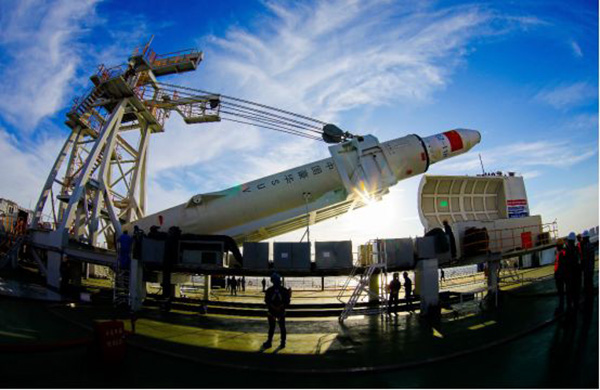
Long March 11
Detail
They lifted off at 9:10 p.m. Beijing Time. It was the first time Long March-11 was adopted for a nearshore platform, three kilometers from shore, to launch satellites.
Nearshore launch is safer, as ocean conditions would be better and jettisoning of empty propellant tanks out to sea is safer. It also saves time on rocket transportation, enhancing efficiency on launch missions.
Known for multiple satellites launches within a single ride, the four-stage solid-propellant Long March-11 rocket is responsive, reliable, and adaptable for both on-land and offshore take-offs based on the orbit requirements.
It is capable of carrying 500 kilograms of payload to both the sun-synchronous orbit (SSO) and the low-earth orbit (LEO).
The rocket can be assembled for two fairing sizes, one at 1.6 meters and the other at 2 meters. It is now in the stage of mass and rolling production, according to Zhang Ming, the deputy designer of the rocket.
Since its maiden flight in September 2015, this rocket type has conducted four sea launches and 10 land launches, achieving its 14th consecutive successful launch.
The satellites, CentiSpace-S5 and S6 test satellites with LEO satellite navigation enhancement system, have entered the planned orbit successfully.
They will be used for real-time monitoring of the global navigation satellite system performance, and will carry out navigation augmentation and inter-satellite laser communication tests.
The Long March-11 will be launched from offshore platforms more often.
It was the the 441st mission of the Long March series rockets.
References:

